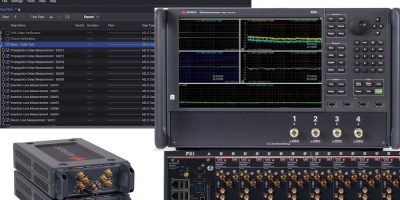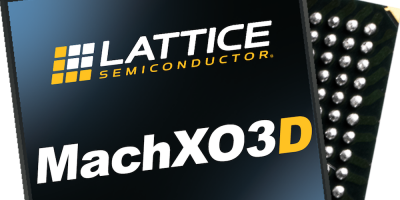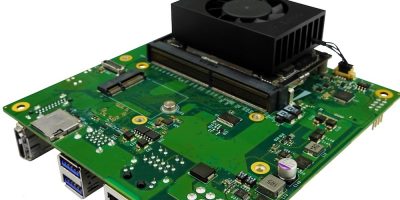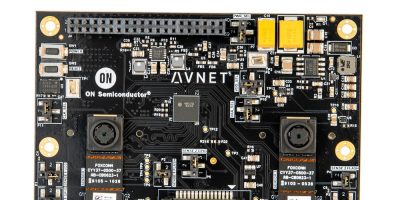Automotive engineers can access a radar target simulator and automotive Ethernet channel test software which have been added by Keysight Technologies.
The radar target simulator (RTS) saves engineers time and cost savings during development with a real world test environment in the lab, says Keysight. It performs multi-target, multi-angle testing for radar modules to deliver fast, accurate and reliable results, says the company. Design and verification engineers can quickly validate the performance of radar products, and it can be used by manufacturing and design validation engineers to simulate multiple objects at variable distances.
Automotive industry engineers, designers and manufacturers can develop high-performance products that improve safety and enable advanced driver assistance systems (ADAS), both of which rely on sensitive and accurate automotive radar technology. The RTS can help automotive electronics manufacturers simulate radar targets in realistic scenarios, says Keysight.
Next-generation ADAS systems require camera and radar systems with high resolution, which require increased speed and bandwidth. Automotive Ethernet enables faster data communication to meet the demands of today’s vehicles and the connected vehicles of the future. However, the channel or link in a system can create a point of failure and the new software addresses this challenge. Keysight says its automotive Ethernet channel test software can verify that information is carried, without loss or cross talk, to its intended destination.
The automotive Ethernet channel test software includes a test plan that includes all required tests as per the specification and automatic set up of the network analyser for each measurement and it applies defined test limits. There is also detailed reporting for each test that has been run.
Keysight’s automotive Ethernet suite provides the hardware, software, cables and accessories needed to enable compliance testing. There is a new receiver testing software and an updated transmit compliance application which offers four data rates, including the preliminary version of Multi-Gig IEEE 802.3ch, in one application.







